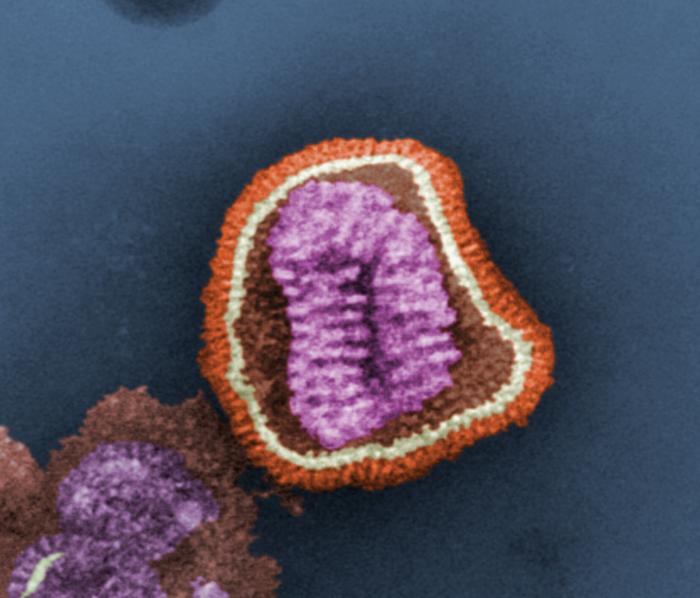
University of Alberta research shows how cell membranes play a much larger role than previously understood in allowing spike proteins on viruses to infect cells. The findings, published in the journal iScience, could give scientists the upper hand in tackling SARS-CoV-2—the virus that causes COVID-19—and other potentially deadly viruses.
The team of researchers, led by U of A professor of biochemistry Michael Overduin, used software called Membrane Optimal Docking Area (MODA) to identify interactions between proteins and membranes within cells.
When the COVID-19 pandemic shut down labs at the U of A, Troy Kervin, an undergraduate student in Overduin's lab, shifted his research to work he could do outside of the lab. He assembled all the proteins in one family of membrane-binding domains, and used MODA to predict which regions on the domains bind to membranes. He found that cell membranes—the barrier around cells made of fat molecules called lipids—play a more significant role in viruses binding to cells than previously thought.
Those findings became the foundation for additional research about cell-binding activity, namely if spike proteins—such as those found on the SARS-CoV-2 virus—bind to membranes.
Read more...







